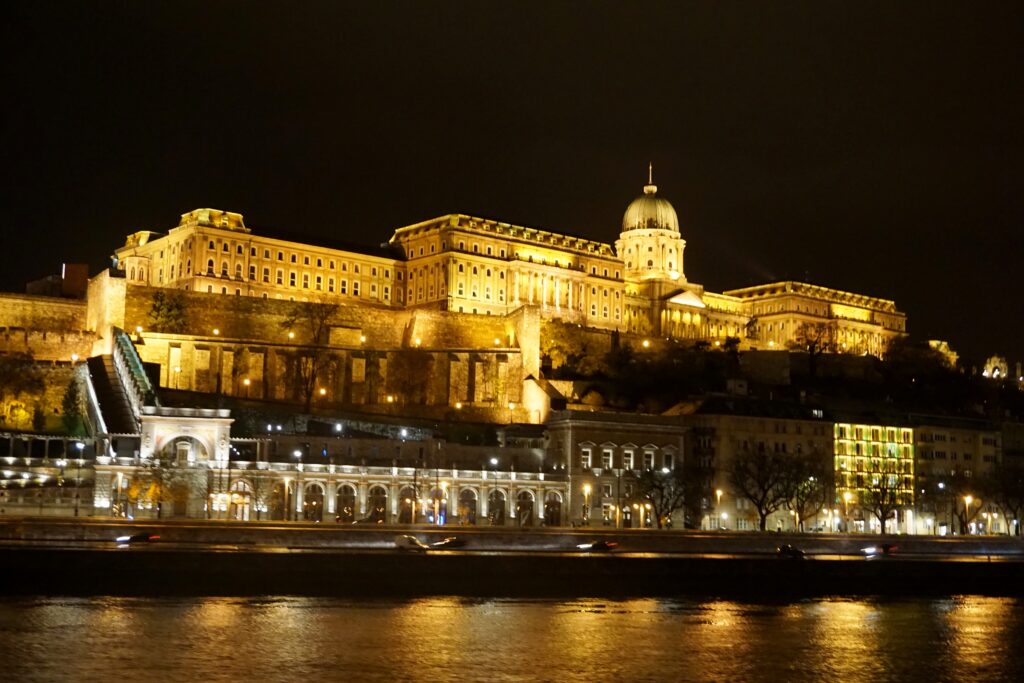
Table of Contents
Introduction to Hungary
Hungary is one of the more popular, yet underrated, parts of Eastern Europe. A former part of the Warsaw Pact, it joined the European Union in 2004. Classical music is very popular, and the locals have rehabilitated their Vienna-style café culture. The capital, Budapest, feels more magnificent than simply the capital of country. The city continues to hover as the cultural capital of Eastern Europe. Outside of Budapest, the older traditions continue to thrive, and a passion for wine-making flourishes. Hungary has an amazing culture with friendly people, great cuisine, and is filled with experiences found nowhere else. This travel guide, brought to you from my many years of travel experience, will help you plan your vacation to Hungary!
Quick Information
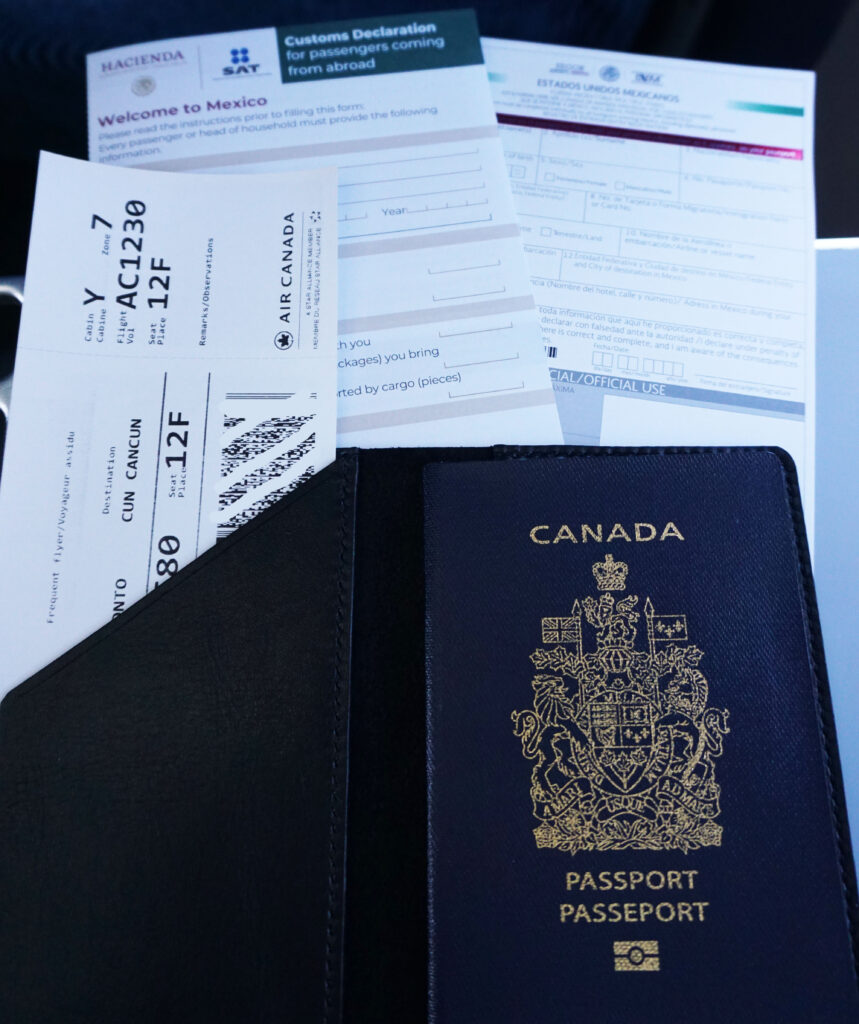
Currency: Euro or HUF (Hungarian Forint). The Euro is accepted at most stores, hotels and tourist attractions. Click here to check the current exchange rate.
Electricity Socket: The standard voltage is 230V AC, and the frequency is 50 Hz. To avoid buying new adapters for every destination in the world, I recommend having a Universal Travel Adapter which can be brought on any vacation.
Entry Requirements: A valid passport is required for all travelers. The passport must expire 6 months or more after your return home. Hungary is a member of the Schengen Agreement, which allows EU nationals to unlimited visa-free travel. Travelers from North America, Australia and New Zealand can travel without a visa for 90 days. Citizens of countries from other continents will need to apply for a visa beforehand. Click here to check the entry requirements which apply to your country of residence.
Staying connected:
- WiFi can be found in most cafes, restaurants, hotels and hostels around Hungary. In cafes and restaurants, as long as you buy something, they will allow you to access the WiFi.
- If you’re looking for data while abroad, Airalo is the best eSIM company. Click here to view my article on how to have data abroad at an affordable cost.
- Traveler sim cards, often preloaded with data, can be purchased from many companies. A few companies offering them are Telenor, Vodafone, Telekom, SimOptions, among many others. Some of those companies even have counters in the arrivals sections of most airports, so you’ll never be short on internet.
Safety: Hungary is a very safe country to visit. Travelers need to take normal precautions at all times, which is common in any big city. Pickpocketing and scammers are the most serious issues that one can come across, however, with proper precautions, it should not be a problem.
My #1 tip when traveling in Europe: wear your backpack in front of you rather than behind you. That is one of the best ways to avoid theft. Another problem is tourists who enjoy the nightlife and do crazy things. Yes, the Hungarians are big party fans! All-nighters are daily occurrences in Budapest.
Language: The native language is Hungarian. English is widely spoken in Budapest, and there are lots of tours to attractions outside Budapest that are in English. To better connect with the locals, I always recommend grabbing a phrase book and try speaking the basics.
Time zone: GMT + 2
Tipping: although not mandatory, tipping is widely practiced in Hungary. At restaurants and bars, a normal tip is usually around 10-15% of the total bill, depending how satisfied you are with the service. Many restaurants include a gratuity on the bill. If it shows on the bill, there is no need to tip above that. It is important to not leave cash on the table and leave, as that is considered rude. If you are paying cash, either tell the server how much change you want, or simply pass the tip to the server directly.
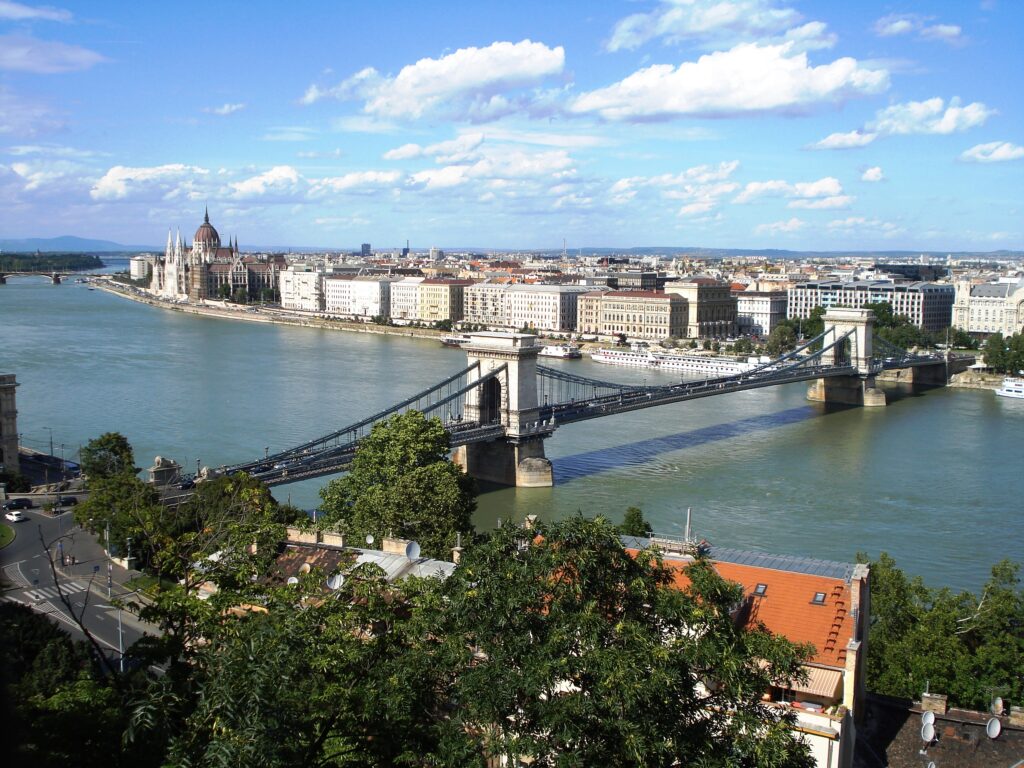
PLANNING YOUR TRIP TO HUNGARY
Hungary can be considered a year-round destination. However, it depends on the purpose of your trip. The weather is typically similar to other parts of Europe, and can be broken down into 3 seasons:
Low Season (November to February): the winters are cold, however, bring some great travel experiences. It is the perfect time to soak in the famous thermal baths of Budapest. Like the Blue Lagoon in Iceland, it can be 0°C outside and +40°C in the Thermal Baths. Budapest also has a great Christmas Market, open from mid-November to early January. Tourist crowds are very low, which makes flights and accommodation cheaper. However, prices soar very high during the Christmas and New Year’s holidays. To experience the Christmas Market for great prices, head to Budapest at the beginning of December.
Shoulder Season (March-May, September and October): the shoulder months are the perfect time for those traveling on a budget. The weather gets warmer, and flights and accommodations tend to be cheaper (just a little bit higher than the low season, but affordable). Tourist crowds are low during this time.
High Season (June-August): As the summers are sunny and schools are not in session, huge tourist crowds flock to Europe, and many of them include Hungary in their itineraries. Short weekend escapes are also very popular. The weather is the best for those who enjoy the heat, however, flights and hotels tend to be higher priced. For those who want to travel in the summer, it is best to book 4-5 months prior to departure.
Budgeting
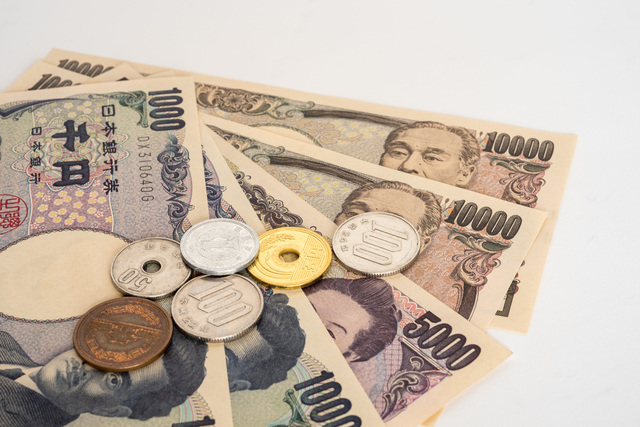
Although Europe can be quite pricey, Hungary is not as expensive. Food, transportation and even accommodation are reasonably priced. You will find accommodation in the city center much cheaper than in big European cities like London or Paris, and affordable dining options. Here is an approximate breakdown of travel costs:
Accommodation (per night)
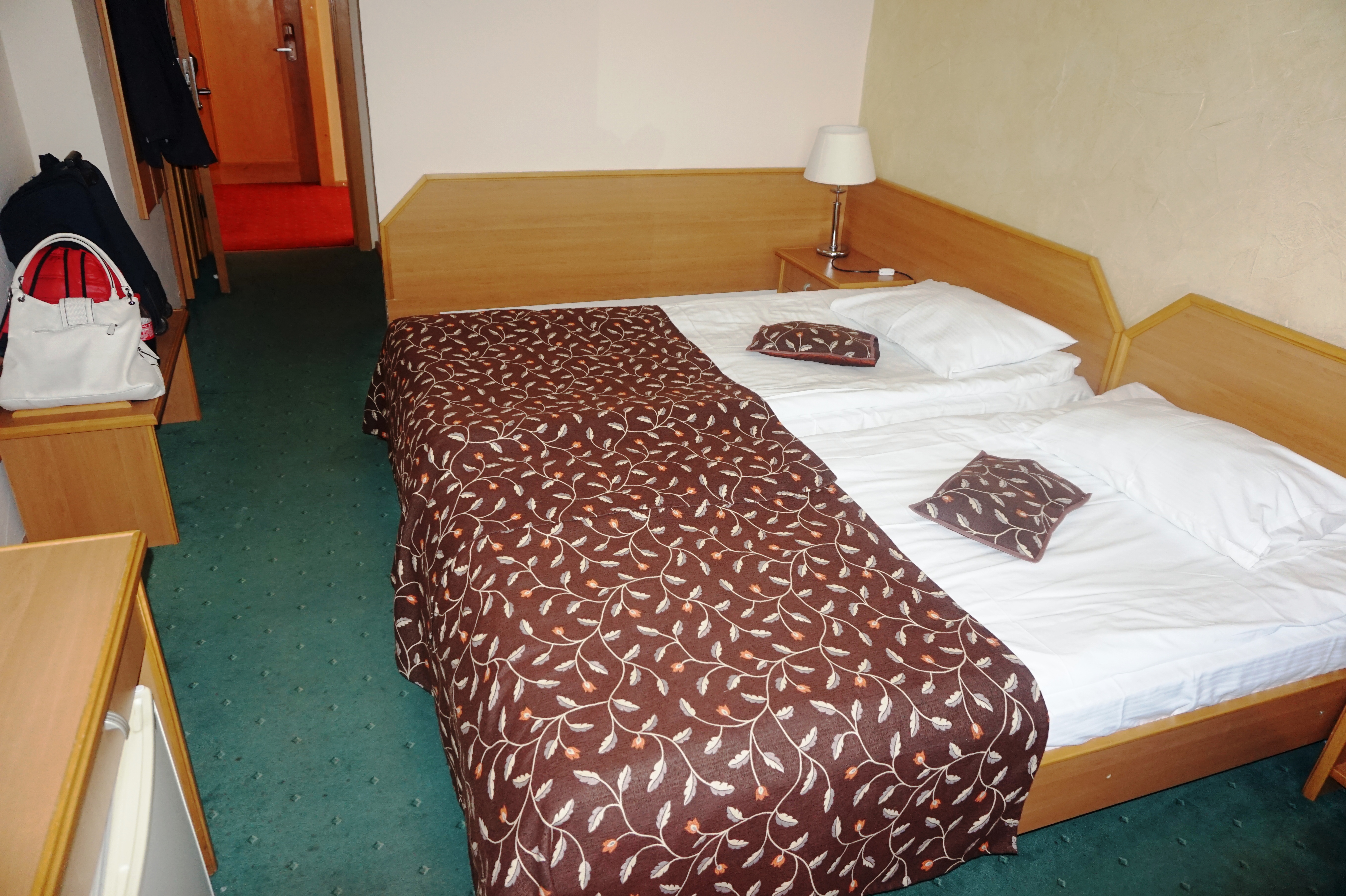
| Hostels | €12-25 for shared dorm €30-115 for private dorm |
| Mid-range hotels | €30-75/night |
| High-end hotels | €70-150/night |
Food (meal for one)
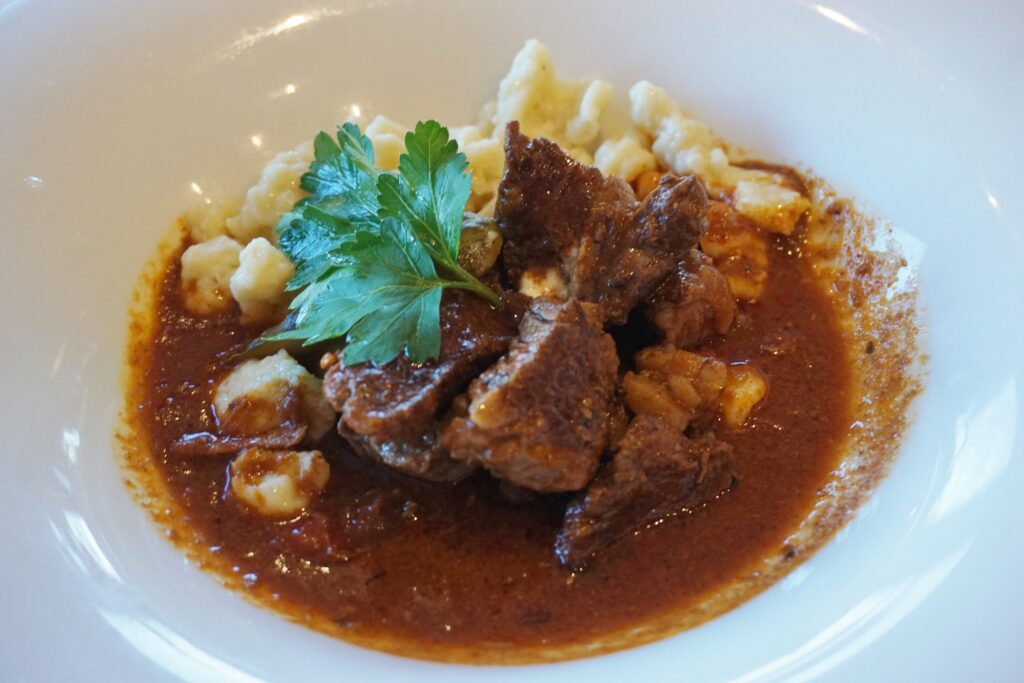
| Street food and self-catering | €4-8 |
| Mid-range restaurants | €10-20 |
| Fancy restaurants | €20-35 |
Transportation in cities
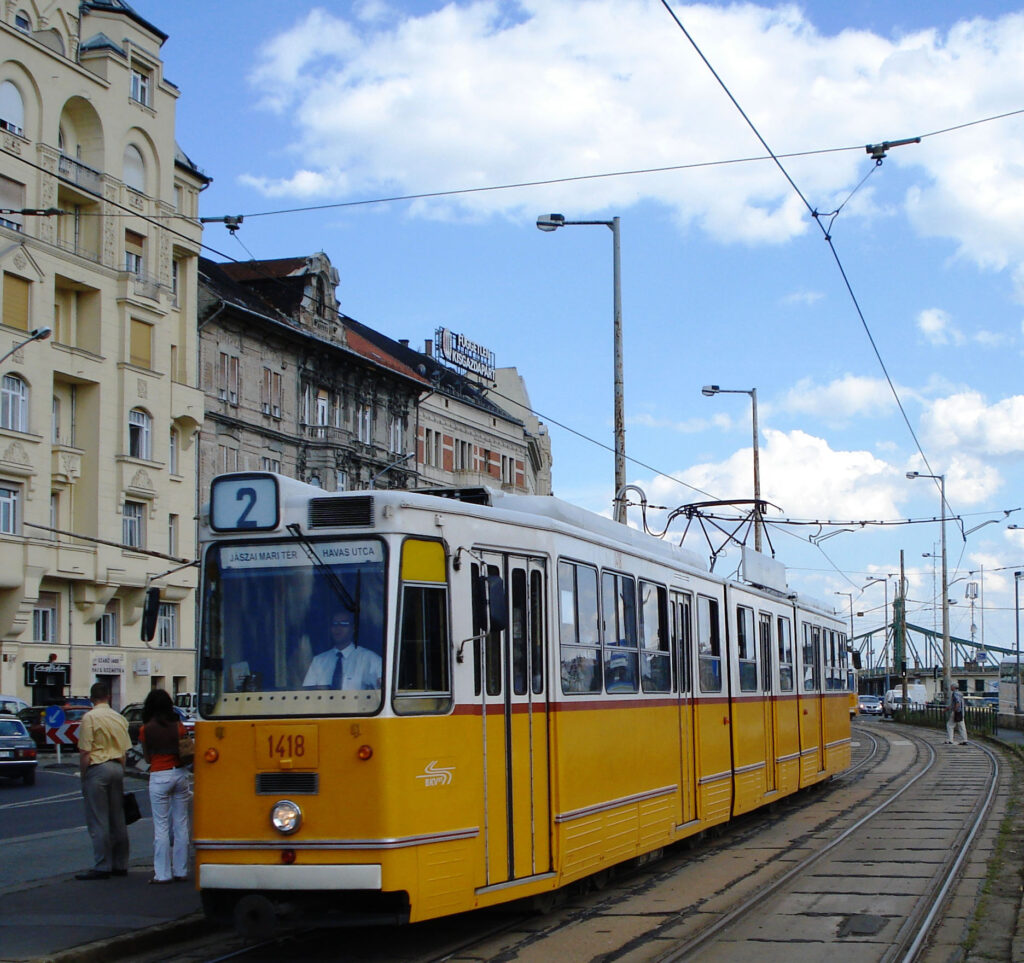
Public Transit: about €1.50/trip*
Sightseeing Tours (hop-on hop-off): €24 for 24 hours, or €27 for 48 hours
*citizens 65+ are allowed to ride public transportation in Budapest free. ID or passport will be required to show the inspectors
Getting to Hungary
There are a variety of ways to getting to Hungary:
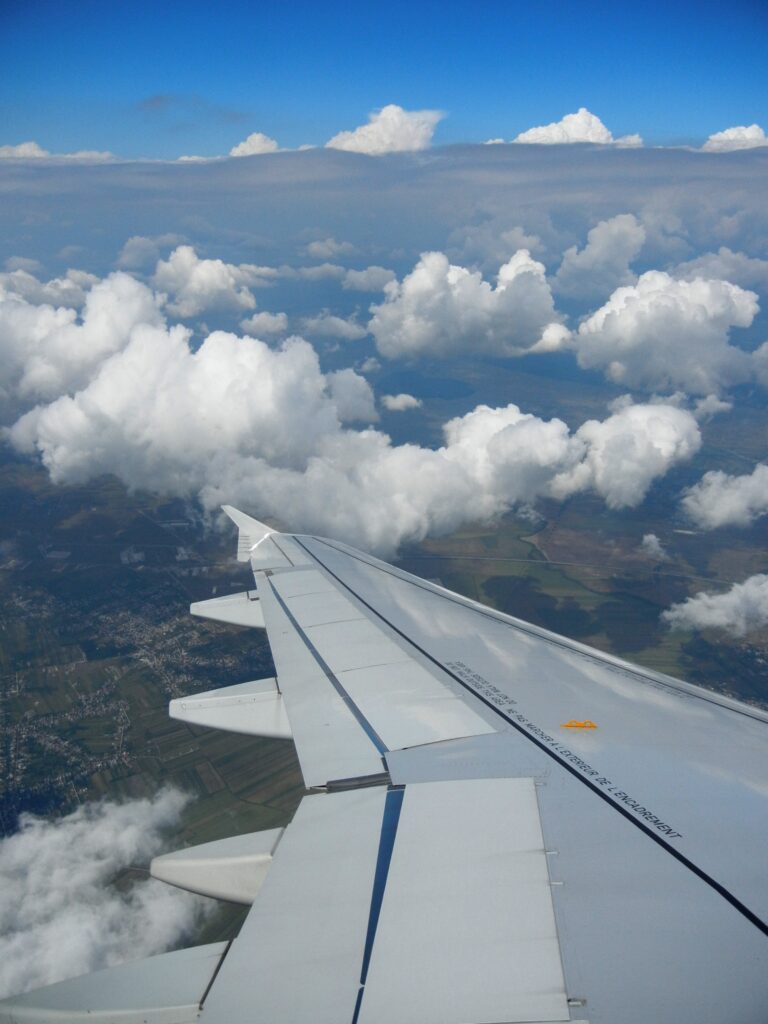
By air: Most travelers will arrive at the country’s main international gateway, which is Budapest Ferenc Liszt International Airport. The majority of European carriers, including big and budget airlines, fly there. An increasing number of airlines continue to add Budapest to their network of routes. Upon arrival, the Budapest Airport Shuttle, route 200E, goes to the city center in 30 minutes. The cost is €2. Regular rail services also serve the airport, providing transportation to the city center in 30 minutes for €2.70.
By rail: Travel by train is very popular in Hungary. Due to big demand on rail travel to and within Hungary, Budapest has two train stations: Keleti and Nyugati. International trains arrive at Budapest Keleti station from neighboring and nearby countries, such as Romania, Austria, Slovakia Czech Republic, Poland and Croatia. Once in those countries, one can connect to other trains for an entire rail adventure across Europe. Nyugati station is served mostly by domestic trains, however, some domestic trains also arrive at Keleti.
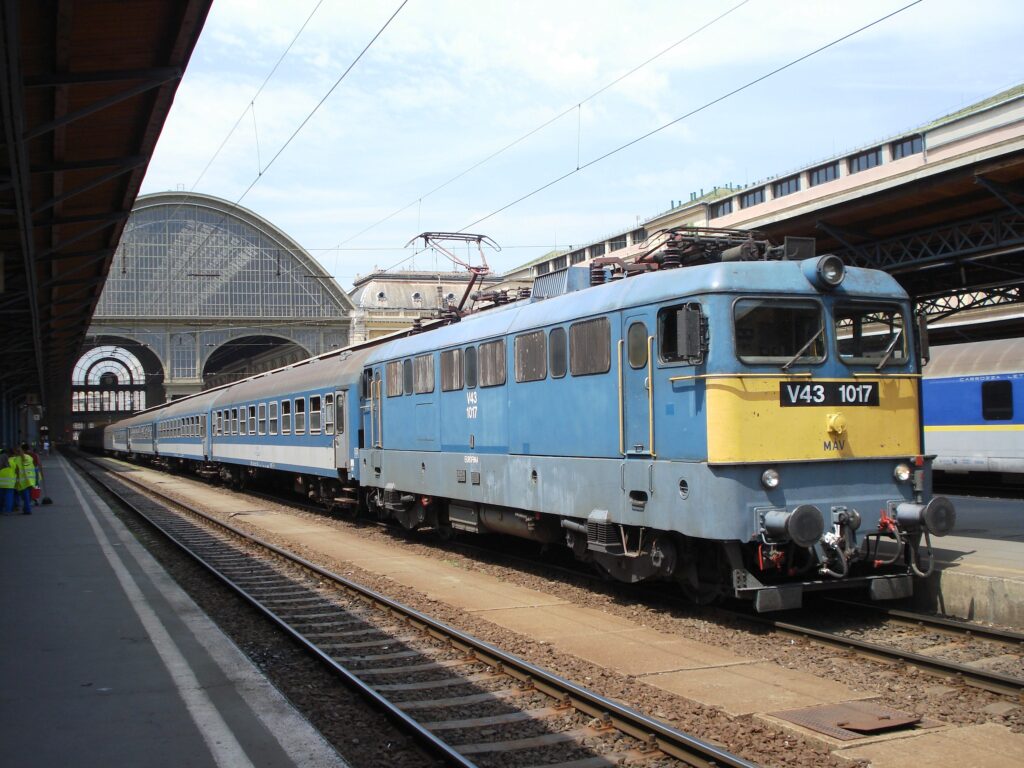
Other ways:
Lots of tour companies include Budapest in their tours. Some will start/end in Budapest, others will stop there for 2 days. Tours range from budget tours for 18-35s such as Contiki Holidays, to companies for high-end travelers like Trafalgar or Insight Vacations.
For high-end travelers, almost all river cruise companies that offer Danube River Cruises go to Budapest. Some terminate and/or commence in Budapest, while others continue further east and end in Romania.
Traveling around Hungary
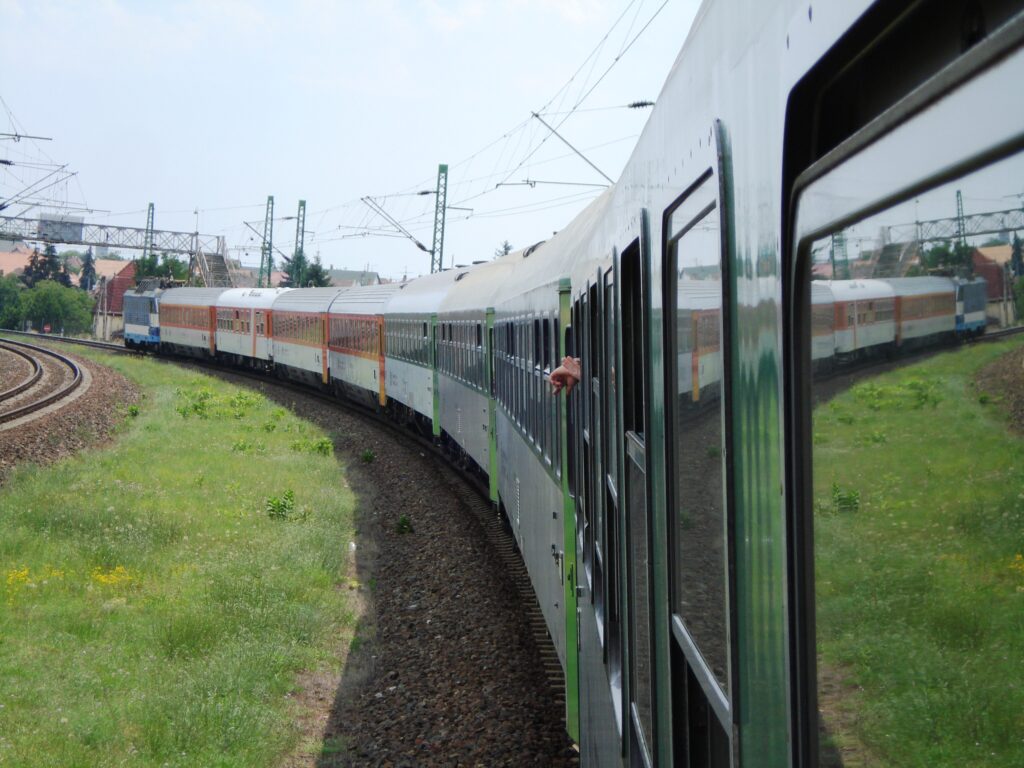
By rail: For those traveling independently, trains link almost every corner of the country. Hungary’s national rail company is called MAV-START. Train tickets in Hungary are inexpensive, and tickets can be bought at the station prior to departure. There is no need to book ahead of time. The Interrail pass is valid in Hungary. A rail pass might not be more economical than booking individual tickets, however, it would save you the hassle of buying tickets before boarding each train. Check my article on Discovering Hungary by Rail to see if you would need a pass or not.
By car: For perfect freedom, you could rent a car. Driving in Budapest is not as bad, however, public transit buses and streetcars link the city very well. The best would be to rent a car on the day that you plan leaving the city, rather than having the car while you are exploring Budapest. Most cars in Europe are manual. For those who do not drive manual, an automatic car can cost up to double the price of a manual car because automatic cars are not as popular in Europe, hence they don’t have as many.
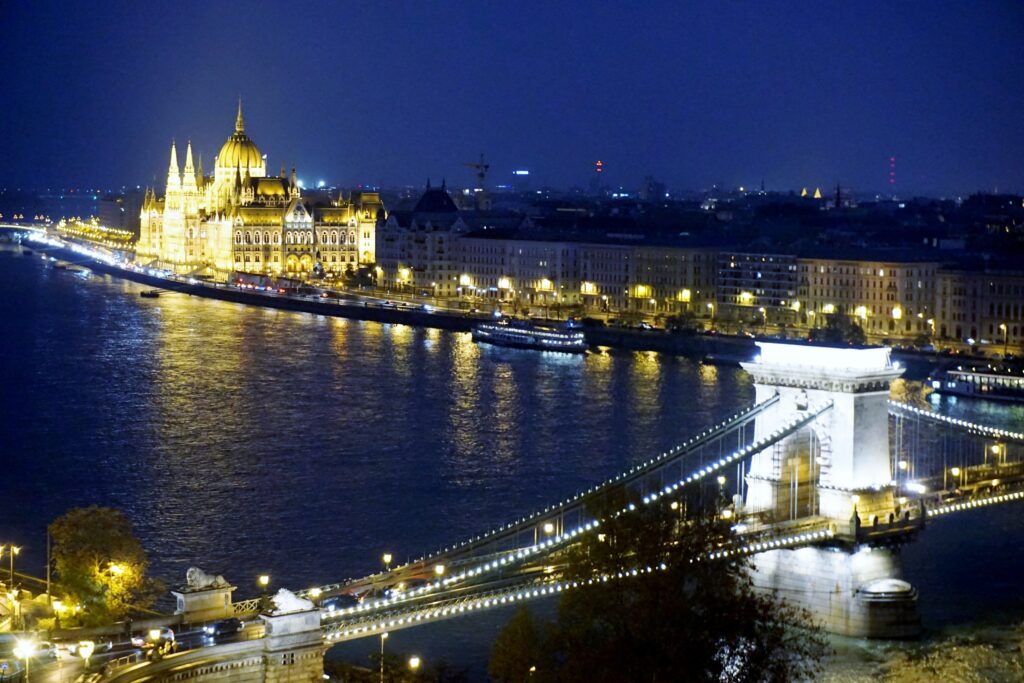
BEST THINGS TO DO IN HUNGARY
Explore enchanting Budapest
Being a unique cosmopolitan city of paradox at the heart of an extraordinary nation, you will find experiences like nowhere else around Europe! The name Budapest comes from 2 separate cities in history, separated by the Danube River: Buda and Pest. The 2 cities merged into one big city in 1873. Buda is the west bank of the river, where one will find the Castle District, Royal Palace and the Matthias Church. Buda was built by the Romans. And Pest is the east bank, where most of the attractions and restaurants are located. In the old Hungarian language, Pest means oven. Visit the Hungarian Parliament, Great Synagogue, St. Stephen’s Cathedral, and soak up in the Széchenyi Baths. Check my article on Budapest for full information on this enchanting city.
Discover baroque architecture in Eger
Eger is a great day-trip from Budapest, and one of the hidden gems in this country. Dazzling churches align the streets, and some of the best spas in the country can be found here. Ensure to visit Hungary’s most important castles, the Eger Castle, known for repelling the Turkish attack during the Siege of Eger in 1552. Outside of Eger lies the world-famous wine region of Hungary.
Discover history in Pécs
Located in the Mecsek mountains, in the south-west corner of the country and close to the Croatian border, Pécs is the 5th largest city in Hungary. Originally settled by the Romans, and later occupied by the Turks, this 2000-year old city is famous for its Turkish ruins and Zsolnay ceramics. Architectural landmarks include the Early Christian Mausoleum, Szent Istvan Square where one will find the famous Pécs Cathedral, and the Mosque of Pasha Gazi Kasim.
CUISINE
Appetizing and rich in flavor, trying the local cuisine is a remarkable experience for travelers visiting this country. Hungarian cuisine is part of the proud and abundant traditional heritage of this country.

Goulash: this is the most famous dish in Hungary. The name comes from the gulyás (herdsmen), who made their food in a kettle over an open-fire. The usual Goulash is a soup and stew, with either beef or pork, plus carrot, potato, spices and paprika. However, each region of Hungary has its own variety of Goulash.
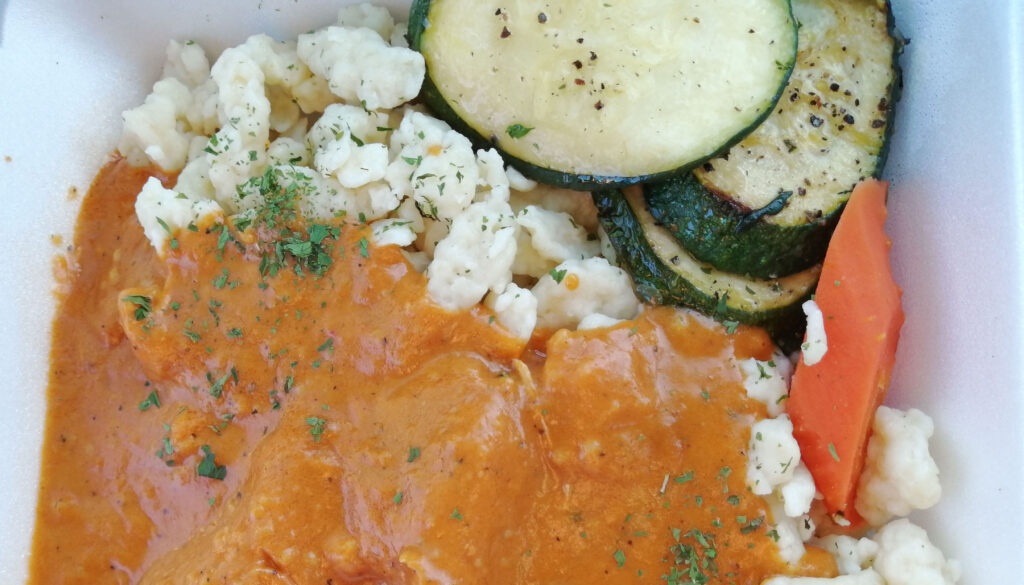
Chicken Paprikash: another famous and favorite dish among the locals, Chicken Paprikash is tender chicken served in a rich and creamy sauce infused with paprika. Vegetables are served on the side. Paprika is a range of dishes made with meat, onions and sour cream.

Apple Strudel: a famous pastry across Eastern Europe! Apple Strudel consists of grated cooking apples, sugar, cinnamon and bread crumbs, all with a dressing of apple inside.
WHERE TO STAY
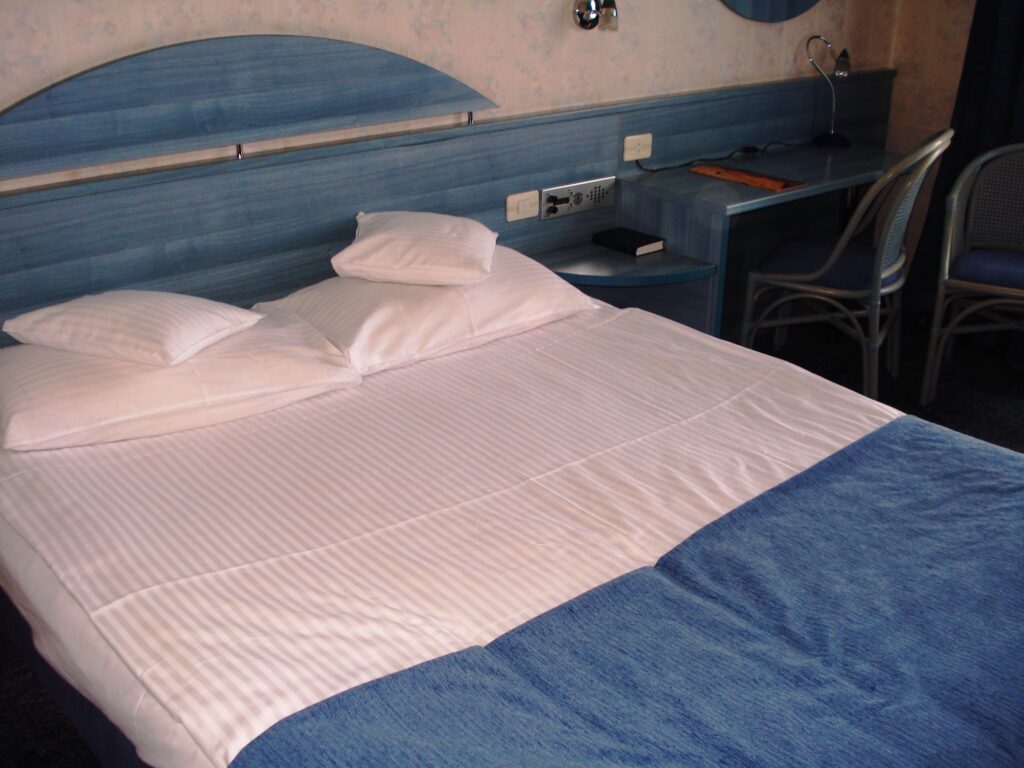
There are endless options for accommodation in Hungary. From hostels where you can meet like-minded travelers to luxury hotels, there is never a shortage of options. It is best to book in advance, especially if traveling during peak season.
For hostels, my tip would be to check the type of hostel you are booking. Hostels can be anywhere from just a cheap hotel to a live party place. I’ve stayed at hostels that were amazing and I made lots of friends. I’ve also stayed at hostels that looked like an abandoned building when I walked in, and no one to talk to because there are no facilities other than rooms and a small bar. Always check the description when booking and ensure the hostel matches the type that you look for.
Travel tip: when booking your hotel, always check under room amenities if it says “Private Bathroom”, and if it mentions a shower. Unlike in North America, many of the cheaper hotels in Europe do not have a bathroom in the room. Instead, the bathroom is located down the hall. Also, Europeans distinguish between a shower and toilet. This means that the shower can be separate from the toilet.
For luxury travelers, the Budapest Marriott Hotel has a perfect location on the banks of the Danube. For the ultimate luxury, Budapest also has a Four Seasons Hotel , located directly in front of the Chain Bridge and steps away from St. Stephen’s Cathedral.
